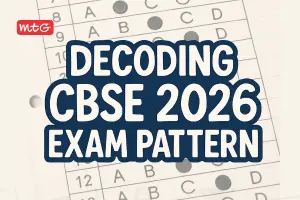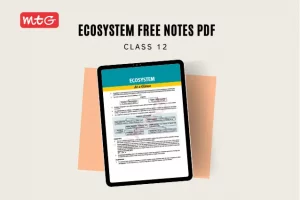
NCERT class 6 mathematics chapter 1 – “Knowing our Numbers” covers the evolution of numbers and how we have learned to use numbers in our daily lives through the continuous process of development of Mathematics. For the CBSE exams, practice multiple-choice questions (MCQs) to prepare for the objective questions. We have provided Class 6 MCQ Questions on “Knowing our Numbers” paired with comprehensive explanations. CBSE emphasizes the role of MCQs as they assist in understanding the concepts completely.
As compared to subjective questions, MCQs are very different so practicing and understanding how to get appropriate answers is essential. To revise the main concepts, students should practice all the MCQs with the answers given. This will also help them familiarize themselves with the kinds of questions that might appear in the board exams.
Check complete class 6 Maths MCQ – Class 6 Mathematics MCQs with Answers
Check the updated Syllabus – CBSE Class 6 Maths Syllabus 2024-25
Topics Covered in “Knowing Our Numbers”
- Comparing Numbers
- Order
- Shifting Digits
- Introducing 10,000
- Place Value
- Introducing 1,00,000
- Larger Numbers
- Aid in Reading and Writing Large Numbers
- Use of Commas
- International System of Numeration
CBSE Class 6 Mathematics Knowing Our Numbers MCQs – PDF Download
Answers –
To check the complete syllabus – CBSE Class 6 Syllabus For 2024-25 Exams
Summary for NCERT Class 6 Mathematics Chapter 1 – “Knowing our Numbers”
- Ascending order means arrangement from the smallest to the greatest.
- Descending order means arrangement from the greatest to the smallest.
- Commas help us in reading and writing large numbers.
- In our Indian System of Numeration, we use ones, tens, hundreds, thousands and then lakhs and crores.
- The first comma comes after hundreds place (three digits from the right) and marks thousands.
- The second comma comes two digits later (five digits from the right). It comes after ten thousands place and marks lakh.
- The third comma comes after another two digits (seven digits from the right). It comes after ten lakh place and marks crore.
- In the International System of Numeration, as it is being used, we have ones, tens, hundreds, thousands and then millions.
- One million is a thousand thousands.
- Commas are used to mark thousands and millions.
- Comma comes after every three digits from the right.
- The first comma marks thousands and the next comma marks millions.






























